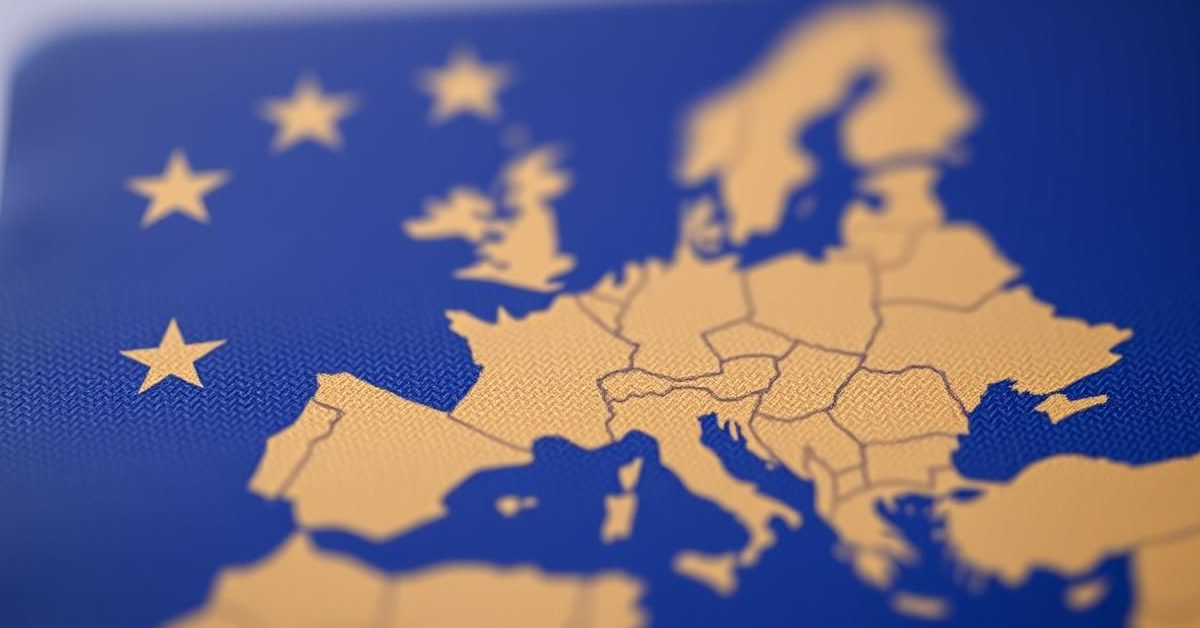The European Union’s new digital border control system, known as the Entry/Exit System (EES), is set to begin its phased rollout on October 12, 2025.
What is the EU’s New Entry/Exit System (EES)?
The EES is an automated system designed to replace the traditional manual passport stamping process. It will digitally record when non-EU citizens enter and exit the Schengen Area, aiming to modernize border management.
This system will track short-term visitors, ensuring they adhere to the permitted stay duration, typically up to 90 days within a 180-day period.
When Does EES Go Live?
The official launch for the Entry/Exit System is confirmed for October 12, 2025. However, this will be a phased introduction, starting with a limited number of travelers and border crossings.
The full system is expected to be completely operational across all air, land, and sea borders within the Schengen Zone by April 10, 2026. Biometric data collection will also be gradually introduced during this period.
Who Will Be Affected by EES?
The EES primarily impacts non-EU nationals visiting any of the 29 Schengen countries for short stays. This includes tourists, business travelers, and short-term students.
If you are an Indian passport holder, or a citizen of another third country traveling on a short-stay visa or under a visa-waiver scheme, EES will apply to you. Those with long-stay visas or residence permits for EU countries are exempt from registering with EES.
What Data Will EES Collect?
When you use the EES, the system will securely store several pieces of information. This includes your personal details from your travel document, along with biometric data like your fingerprints and a facial scan.
The system will also record your entry and exit dates, as well as any instances where entry was refused. This data will be kept for three years to aid border security and help identify overstays.
What to Expect When You Travel
During the initial rollout phase, travelers should prepare for potential changes at border points. You might experience longer wait times, especially at airports, as the new system is implemented.
For your first visit under EES, you’ll likely need to complete biometric registration at self-service kiosks. Your data will then be securely stored for future trips. Remember, the EES does not change visa requirements; you must still follow all current visa rules.
Why Is the EU Implementing EES?
The European Union states that the EES will significantly enhance border security and streamline border checks. It’s part of a broader effort to digitize Europe’s migration and border infrastructure.
Officials believe the system will improve the detection of individuals who overstay their visas, identify those using false identities, and strengthen security cooperation among Schengen states. This aims to create a more secure and efficient travel experience for everyone.
- EES launches October 12, 2025, with full rollout by April 10, 2026.
- It applies to non-EU citizens on short-stays in the Schengen Area.
- The system collects biometric data (fingerprints, facial scan) and travel history.
- Expect potentially longer wait times and self-service biometric registration on first visit.
- EES aims to boost border security and detect overstayers.
Following the EES, the European Travel Information and Authorisation System (ETIAS) is anticipated to launch in 2026, requiring pre-travel authorization for visa-exempt visitors to the EU.















